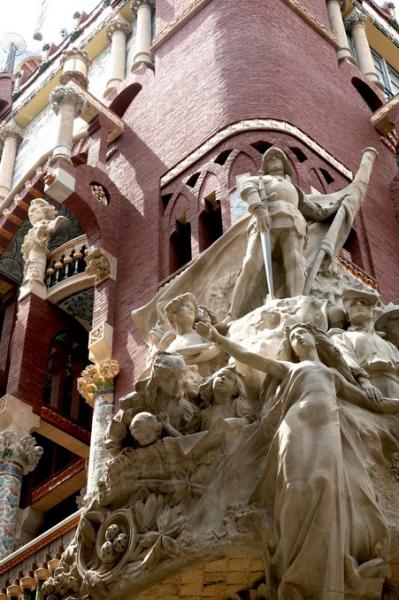- Read offline
- Access all content
- Use the in-app Map to find sites, and add custom locations (your hotel...)
- Build a list of your own favourites
- Search the contents with full-text search functionality
- ... and more!
La Renaixença
The 19th-century Catalan Renaissance

When the rest of Spain was enjoying the Renaissance in the 16th century, Barcelona was heading for the dump. What city historians call the Renaixença refers to instead is the great renewal that began in the 19th century, when Barcelona emerged from its walls like a butterfly bursting out of a cocoon. Its breathless expansion and cosmopolitanism soon evoked comparisons with the kingdom of Aragon's medieval golden age and fostered a new pride in things Catalan.
Fundamental to the Renaixença was the movement to redeem and re-establish the Catalan language, long submerged by the forced Castilianization of Madrid. As with the Czechs, the Irish and many other peoples, language was the key element of a new nationalism. Catalan dictionaries and grammars had first appeared during the Napoleonic occupation; by the 1830s, Barcelona journals were printing the first new poetry on Catalan patriotic themes. Catalan poetry competitions, the Jocs Florals, that last took place in the Middle Ages, were revived in 1859, part of a literary crusade led by Catalonia’s finest and most beloved 19th-century poets, Jacint Verdaguerr (1843–1902) and Joan Maragall (1860–1911). Both were key figures in bridging the language of the troubadours with the everyday language still spoken by the people.
Image by vincent desjardins

